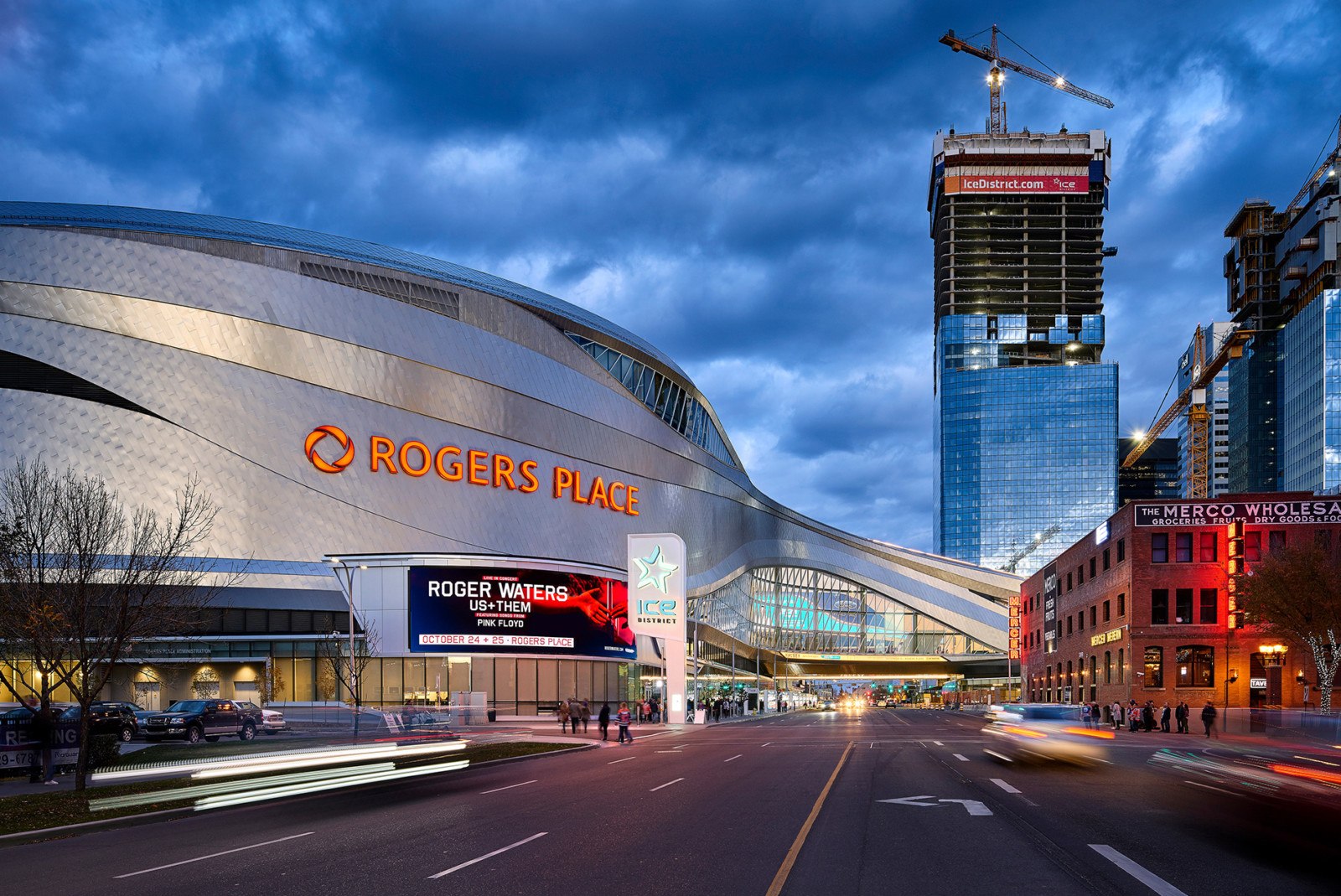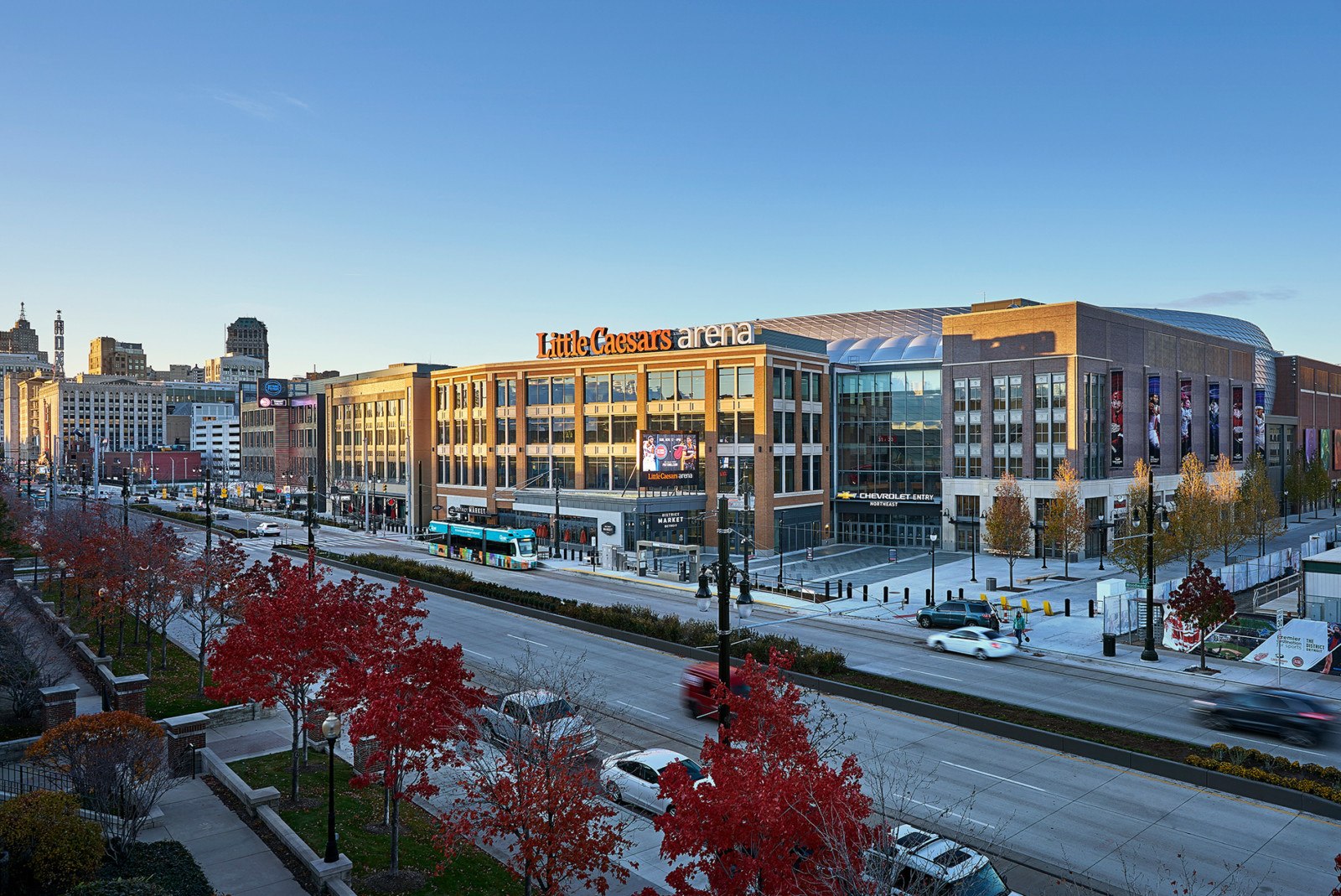HOK’s John Rhodes, a director of Sports + Recreation + Entertainment in London, spoke with Bisnow about sports-anchored mixed-use districts and their impact on urban regeneration.
Excerpted from Bisnow:
The once-sprawling suburban sports stadium, operating on an event-to-event basis and isolated by vast parking lots, is no longer sustainable. Urban planners and architecture firms have instead rescaled these structures to exist in dense central business districts, adding to and supplementing nearby retail, hospitality and residential properties.
The HOK team has looked to fill the gaps in existing mixed-use infrastructure, treating each arena as a catalyst for future development in the city centre.
For Rhodes, the key to urban regeneration is not to drive footfall for a few large events, but optimise the facility to accommodate the greatest number of occurring events. In CBDs, where the cost to build is significantly higher than the suburbs, relying on a single sports franchise or naming rights to finance the facility is not cost-effective.
It is not enough for an arena to complement existing mixed-use infrastructure, Rhodes said. Arenas need to be good neighbours to nearby properties and integrate with the surrounding urban infrastructure.
At Little Caesars Arena in Detroit, HOK’s U.S. team designed the facility with a lower profile and a facade that uses buildings of lower heights, different window treatments and various kinds of brick, blending in with the exterior of surrounding buildings. HOK also placed the lower bowl 40 feet below grade.
The result is a multipurpose venue tucked away inside a four-story building. Little Caesars Arena is part of a larger project known as District Detroit, a 50-block development that will feature entertainment, commercial and residential developments while connecting the areas of Midtown and Downtown Detroit. Unlike older arenas, which developed retail space to support activity within the arena, HOK inverted the traditional model for Little Caesars Arena. The Via, an indoor street covered by a glass force, surrounds the venue and provides access to retail shops and dining. “The design aims to merge inside and the outside space, creating a seamless interaction between existing retail spaces in the area, as well as a constant flow of pedestrian traffic, the U.S. team has created a truly innovative venue,” Rhodes said.
Planners and architects at HOK are taking what they learned from Leeds and Detroit and applying those techniques to the quayside conference centre planned for Gateshead, England. The venue will complement the existing Sage Gateshead concert venue and Baltic Centre for Contemporary Art.
The 10-acre site will feature a conference and exhibition centre as well as hotel, bars and restaurants with the goal of rejuvenating the waterfront as a vibrant city hot spot. The location and variety of use associated with the project have played a role in capital costs, which total £200M. Public-private partnerships help bring urban arenas to life, and both the city and the developers benefit from the increase in foot traffic, Rhodes said.
The Gateshead Council is partnering with property developers Ask Real Estate, investment and development manager PATRIZIA UK, and venue manager SMG Europe to build the project, which is expected to bring 300,000 visitors annually. The new development will become a major leisure hub, creating a community anchor that will tie together the existing cultural institutions at Gateshead.”

